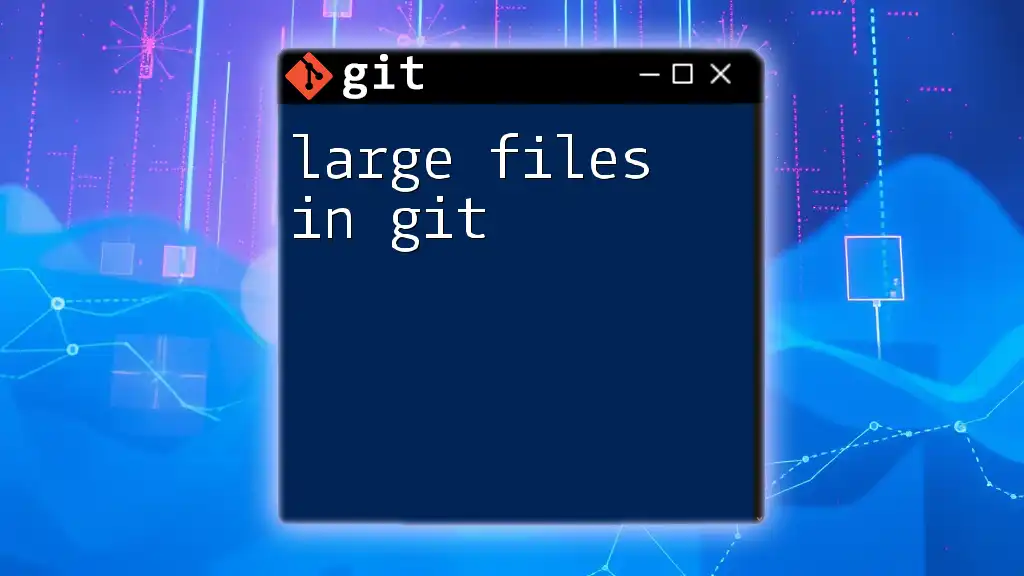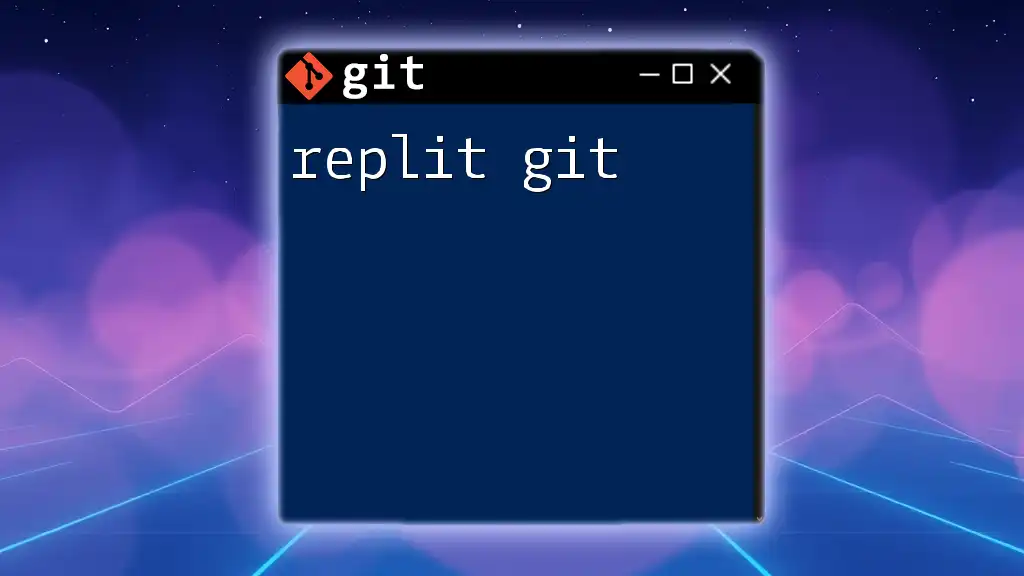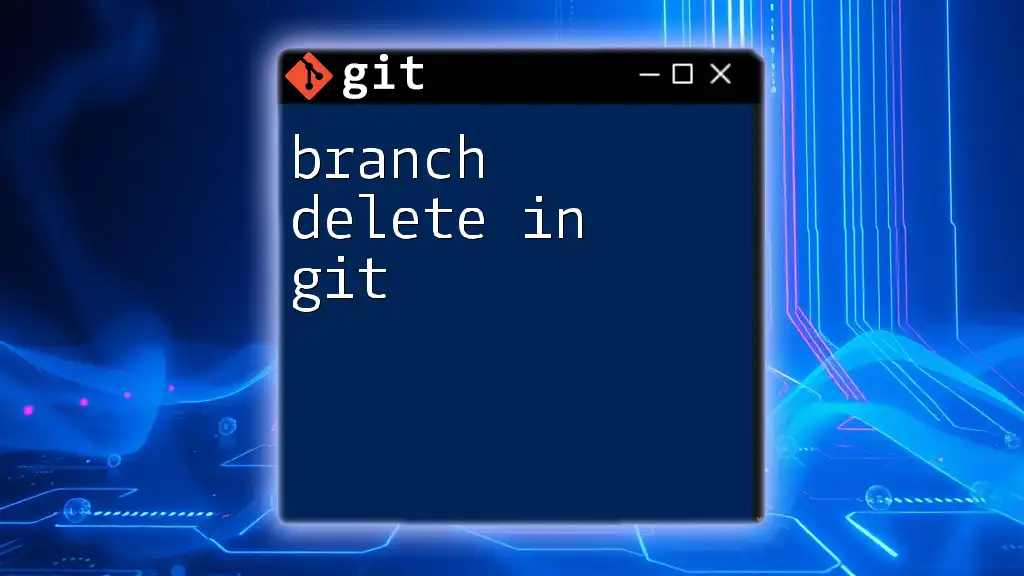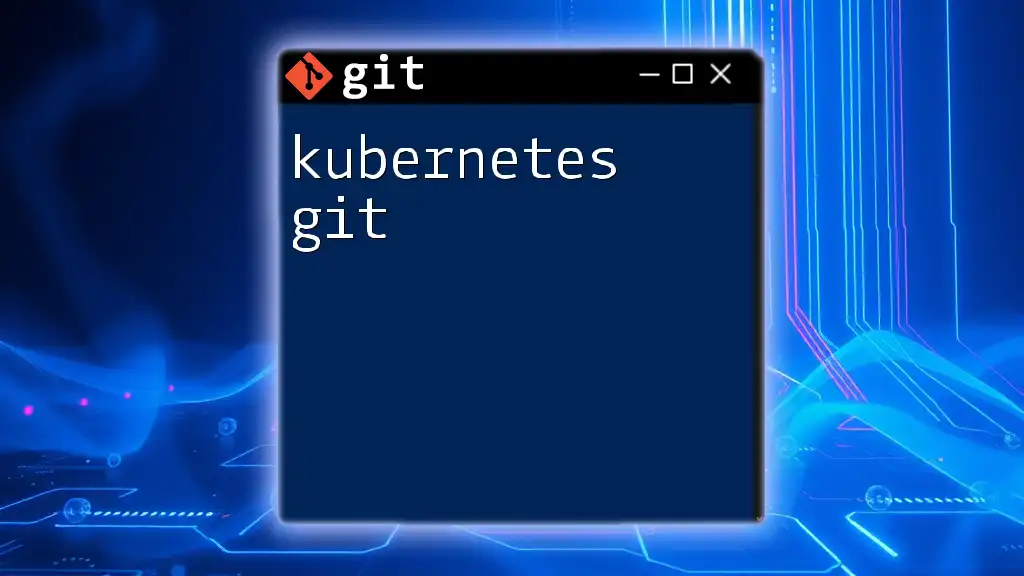When dealing with large files in Git, it's essential to use Git Large File Storage (LFS) to efficiently manage file sizes and avoid performance issues.
git lfs track "*.psd"
git add .gitattributes
git add your-large-file.psd
git commit -m "Add large PSD file with Git LFS"
Understanding Large Files in Git
Large files in Git are those that significantly impact repository performance, typically exceeding a few megabytes. Common types of large files include images, datasets, and binaries—assets that are frequently updated and can bloat the repository if not managed correctly.
Why Large Files Are Problematic in Git
When working with large files in Git, several challenges arise:
-
Impact on Repository Size and Clone Times: Each time a repository is cloned, all file versions are fetched. This can lead to excessive wait times when cloning a repo with large files.
-
Performance Degradation: As the size of the repository grows, performance deteriorates. Actions like pushing, pulling, or even checking out branches can become sluggish.
-
Network Bandwidth Considerations: Large files can use significant bandwidth, leading to slower operations for all team members, especially those on limited connections.
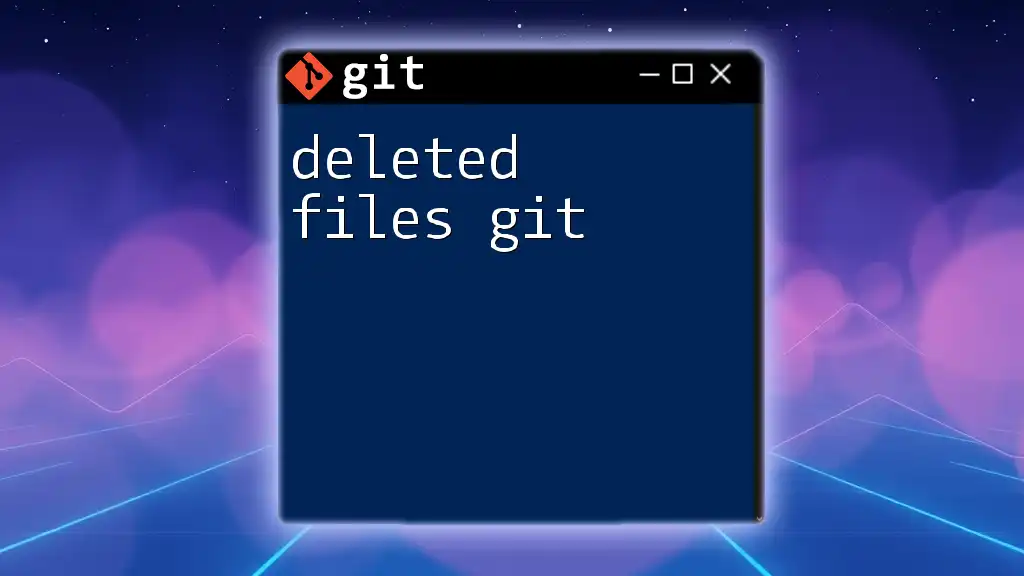
Strategies for Managing Large Files
Using `.gitignore` for Large Files
The first line of defense against large files in Git is the `.gitignore` file. This file tells Git which files or directories to ignore when tracking changes.
To configure `.gitignore`, simply create a file named `.gitignore` in your repository's root directory, and add the paths or patterns for large files you want Git to skip. Here’s an example of a `.gitignore` file that excludes large media files:
# Ignore image files
*.jpg
*.png
# Ignore PDF files
*.pdf
By ignoring these types of files, you avoid bloating your repository unnecessarily.
Git Large File Storage (LFS)
What is Git LFS?
Git Large File Storage (LFS) is an extension that addresses the challenge of managing large files in Git. It replaces large files with text pointers inside Git, while the actual file data is stored on a remote server. This method reduces the repository size and improves performance.
Installing Git LFS
To utilize Git LFS, you first need to install it. The installation process varies by operating system. For instance, on MacOS using Homebrew, you can run:
# For MacOS using Homebrew
brew install git-lfs
For Windows users, you can use Chocolatey:
# For Windows
choco install git-lfs
If you are on Linux and using apt, the command is:
# For Linux using apt
sudo apt-get install git-lfs
Setting Up Git LFS in Your Repository
Once Git LFS is installed, you need to initiate it within your repository:
git lfs install
This command sets up Git LFS for future commits in your existing repositories.
Tracking Large Files with Git LFS
To track specific large file types or patterns, you can use `git lfs track`. For example, to track Photoshop files, you would execute the following command:
git lfs track "*.psd"
After tracking a file type, Git LFS updates your repository's `.gitattributes` file to include the new rules.
Alternatives to Git LFS
While Git LFS is a powerful tool, it’s not the only way to manage large files in Git. Here are some alternatives:
Using External Hosting Solutions
For certain projects, it may be beneficial to host large files outside of Git. Platforms like GitHub Releases, Dropbox, or AWS S3 can serve this purpose effectively.
- Advantages: Reduces repository size, avoids performance issues, and enhances ease of access.
- Disadvantages: Involves maintaining multiple locations for your files and could complicate versioning.
Splitting Large Files or Archives
If your large files can be broken down into smaller components, that’s another option. You can use commands to split files and later reassemble them. For instance, the split command in Unix-like systems allows you to divide files:
# Split a large file into smaller chunks
split -b 10M largefile.zip part_
To recombine them, you would use the `cat` command:
# Recombine chunks back into a single file
cat part_* > largefile.zip
This technique is particularly useful for distributing files without exceeding size limitations.
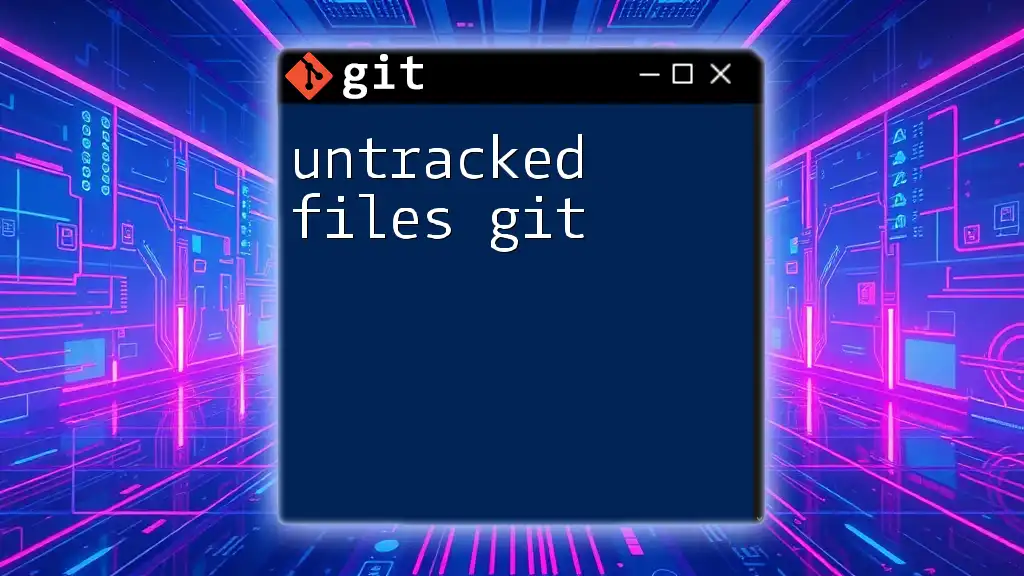
Best Practices for Working with Large Files in Git
Regularly Clean Up Your Repository
Maintaining a clean repository is vital in managing large files. Use Git’s built-in commands to help keep your space optimized, like:
git gc
This command runs garbage collection, cleaning up unnecessary files and optimizing the local repository. When using Git LFS, don’t forget to prune old LFS objects:
git lfs prune
Educating Your Team on Large File Management
Successful large file management goes beyond tools. Educating your team on Git workflows and policies is essential. Conduct workshops or provide documentation to ensure everyone understands how to handle large files effectively.
Monitoring Repository Size
Keeping an eye on your repository's size can help preemptively identify issues. Use commands to track repository size:
git count-objects -vH
This will show you the amount of disk space used by your Git repository.
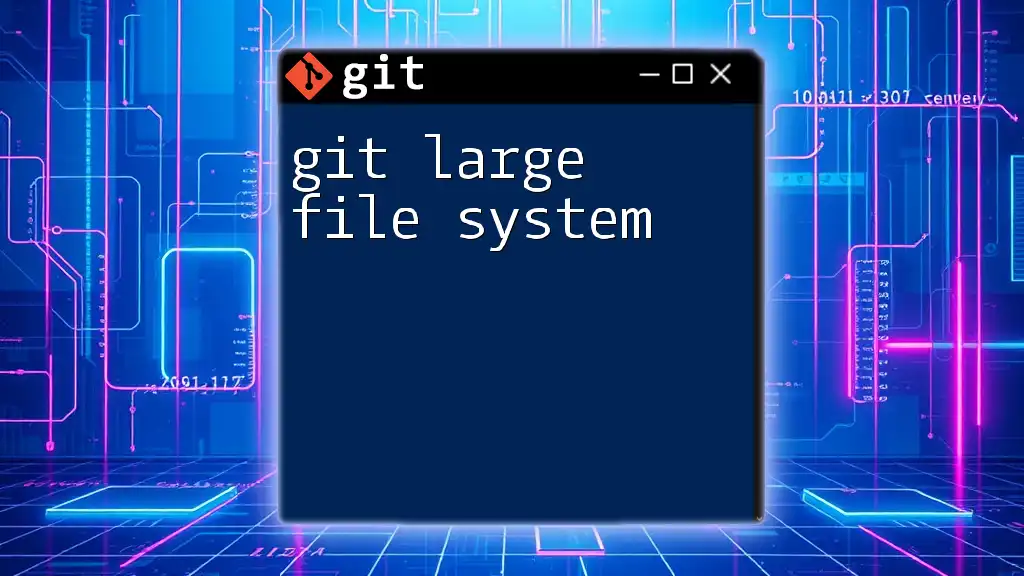
Case Studies and Real-World Examples
To put these strategies into context, consider projects that faced challenges due to large files. One case study might involve a game development team that relied heavily on high-resolution textures. By implementing Git LFS, they reduced their repository size dramatically, improving commit times and overall productivity.
Another example could be a data science team that generated large datasets. By storing their datasets on AWS S3 and linking to them from their Git repositories, they streamlined their workflow without sacrificing accessibility or performance.
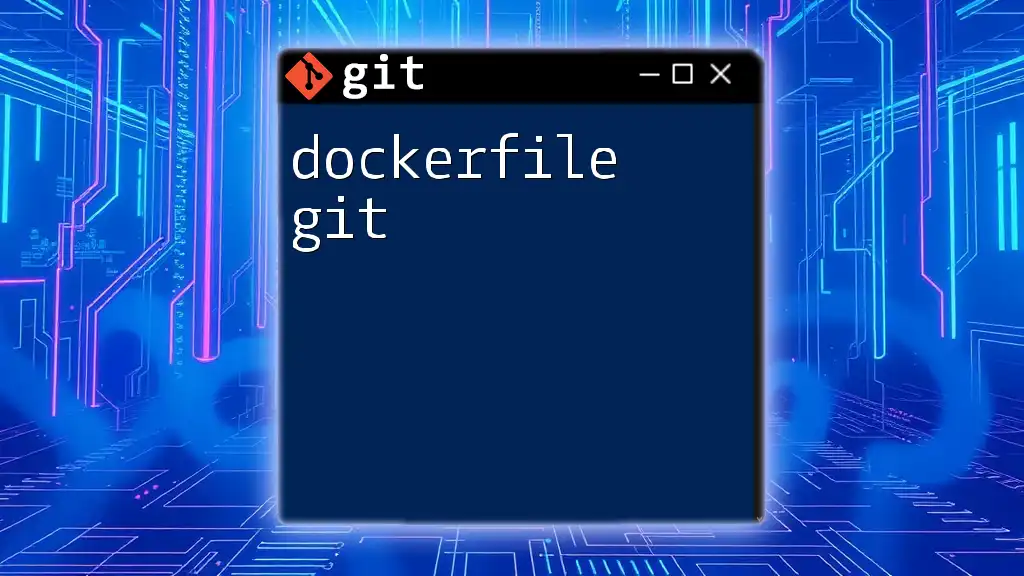
Conclusion
Managing large files in Git is crucial for maintaining repository performance and efficiency. By employing strategies like `.gitignore`, Git LFS, or external hosting solutions, you can effectively handle large files while keeping your workflow smooth.
Take the time to implement these strategies, educate your team, and monitor your repositories. This proactive approach will not only enhance your productivity but also foster a collaborative environment where large files are managed with confidence.
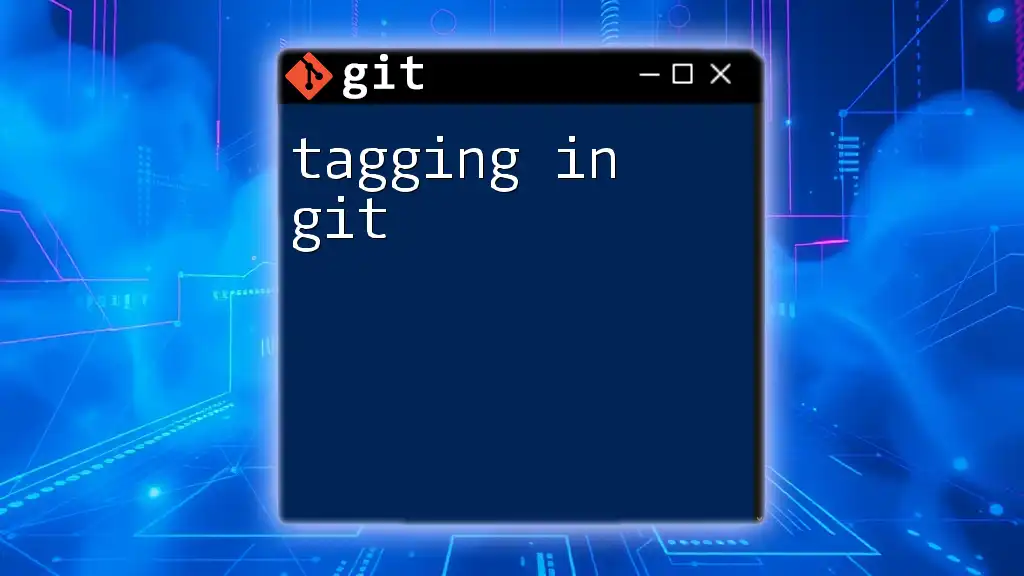
Additional Resources
For those eager to dive deeper, consider exploring the official Git documentation or tutorials on Git LFS. Further education can significantly enhance your skillset and help you manage large files in Git more efficiently.
Call to Action
Stay updated with more insights and tutorials by subscribing to our resources! If you have your own experiences or tips related to managing large files in Git, feel free to share your thoughts in the comments. Your insights could help fellow developers navigate their own challenges with large files.

